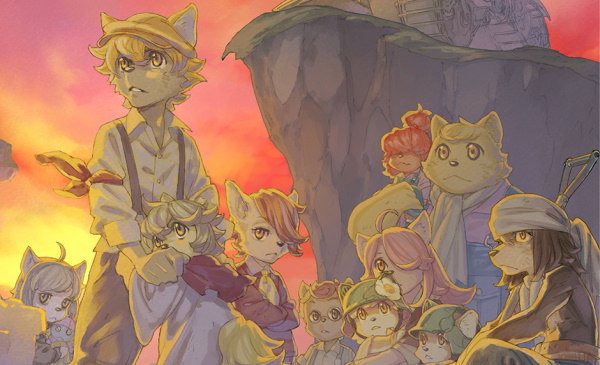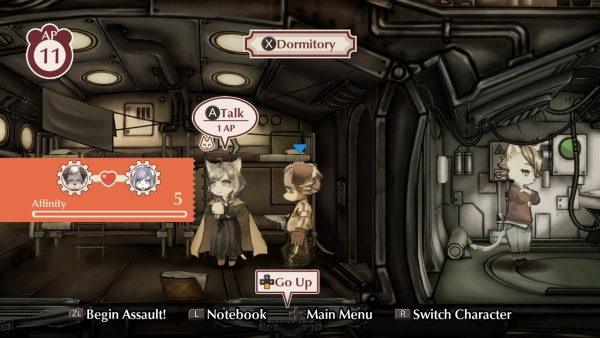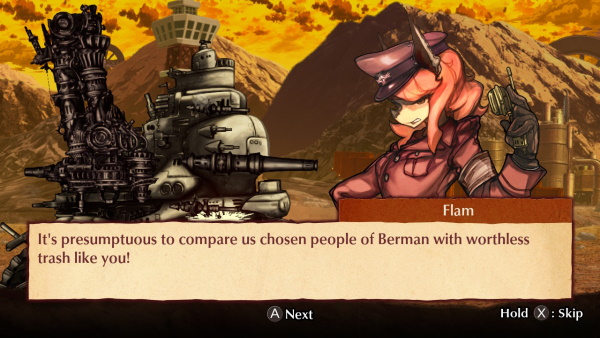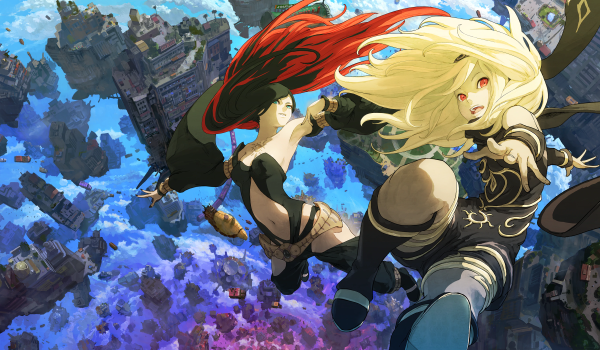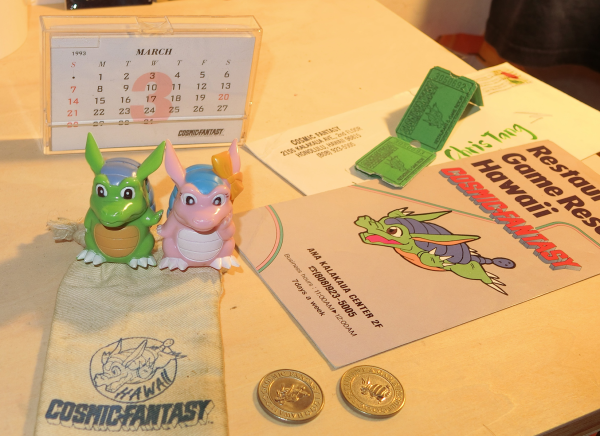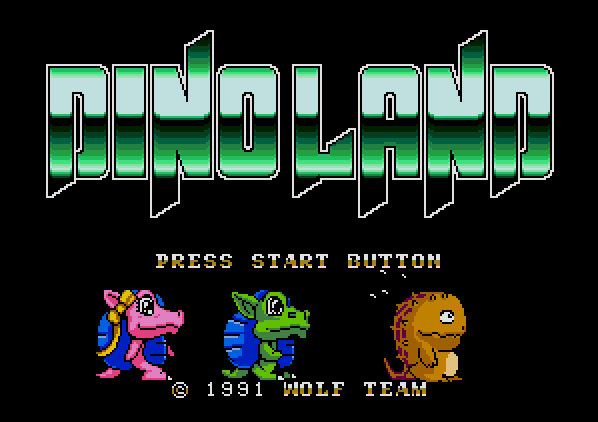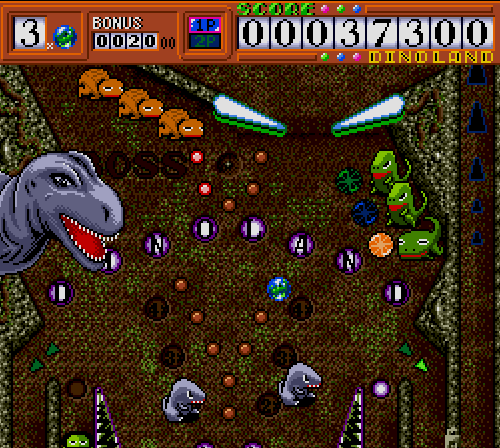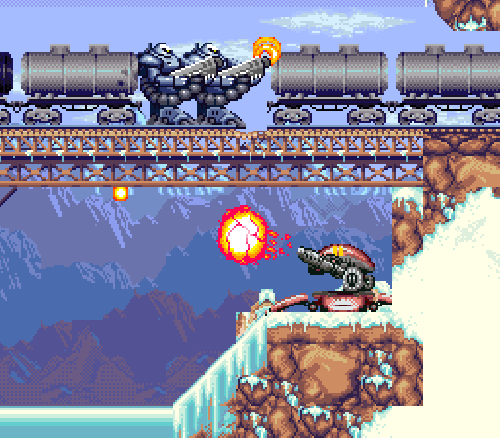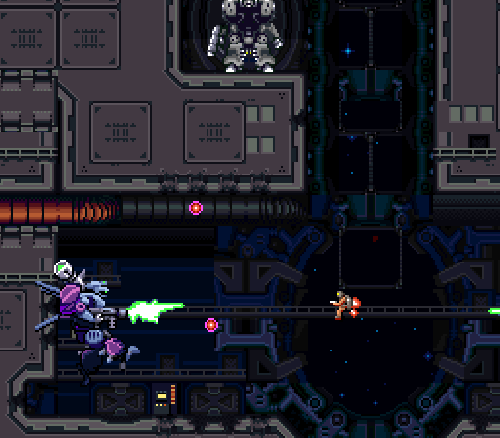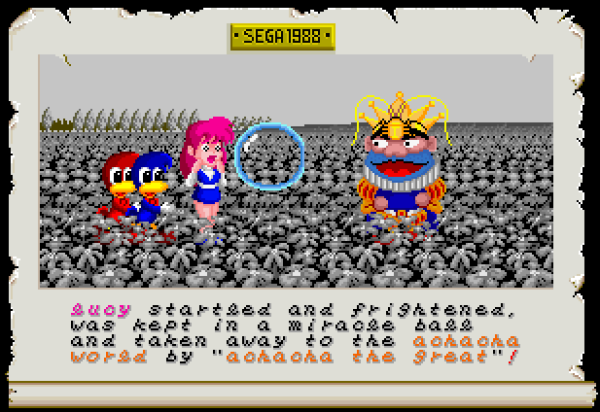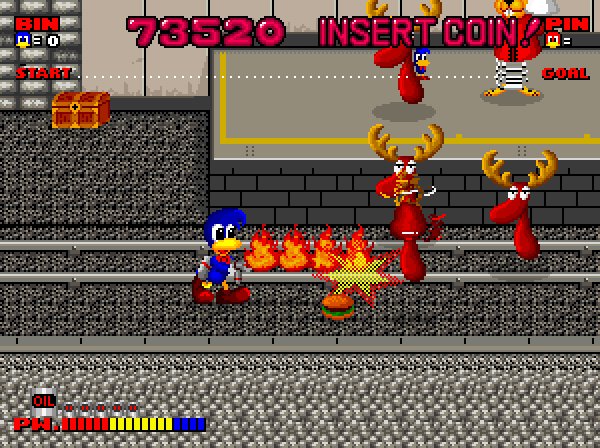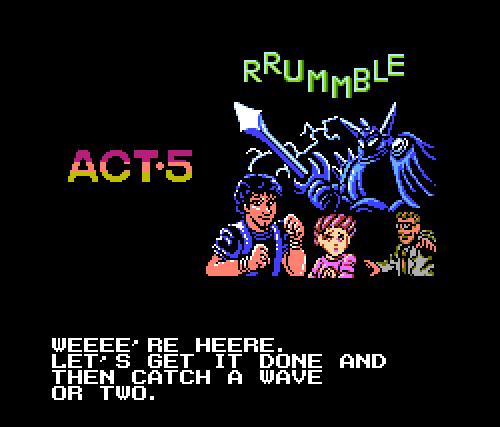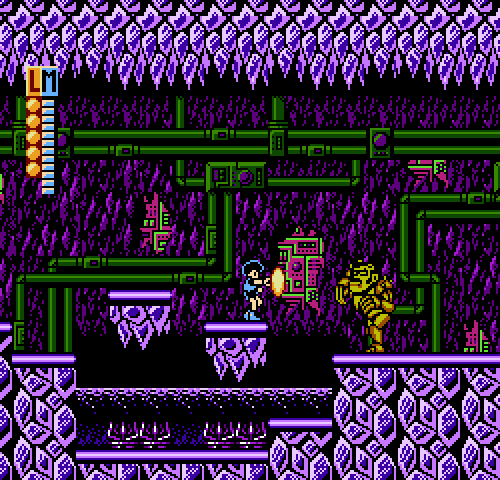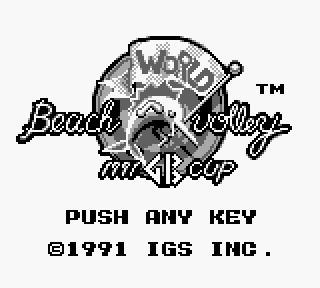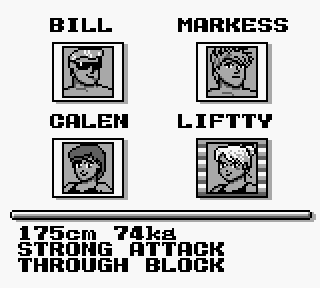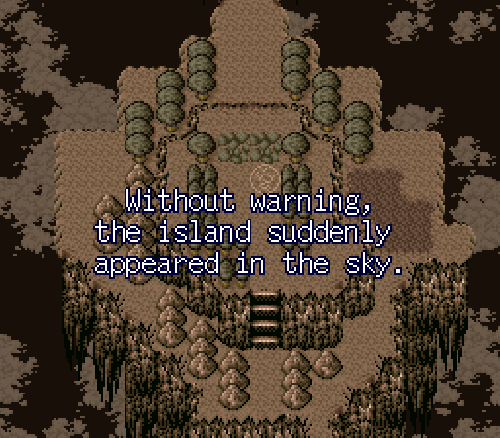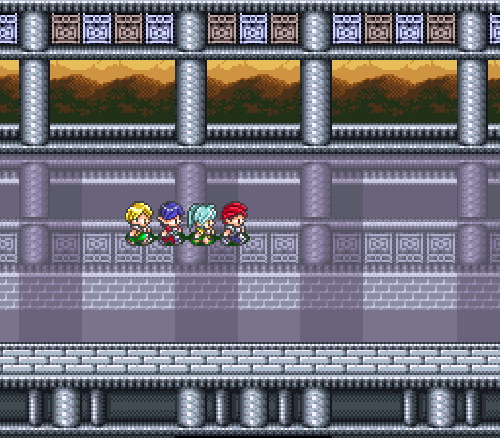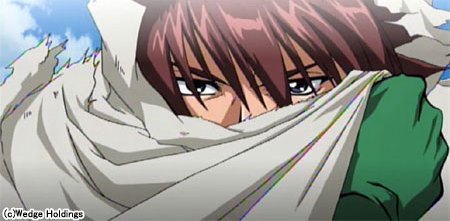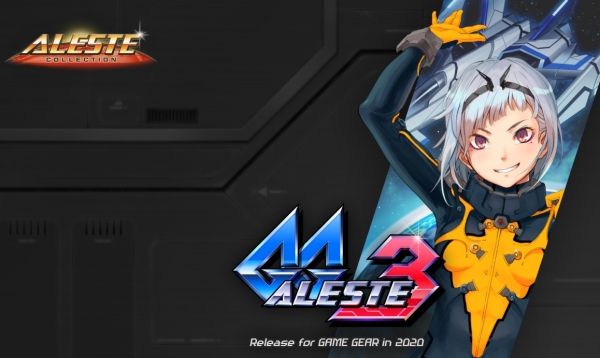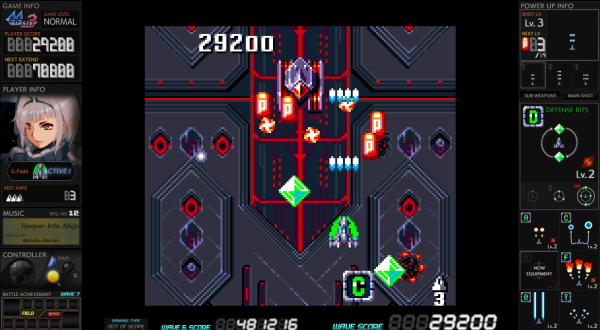Clockwork Aquario is finally out. It's been a long wait, and I'm not just talking about the 28 years since the game went through some awkward arcade location tests and disappeared. It was 2012 when Westone co-founder Ryuichi Nishizawa found Aquario's source code and gave us a tantalizing look at Huck Londo, Elle Moon, and a robot named Gush...though they had slightly different names.
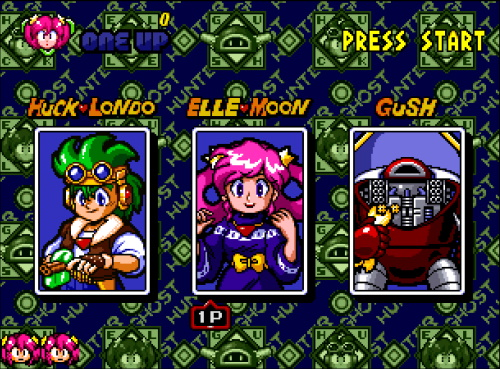
Nine years, slightly different names for Gush and Huck, and an extensive restoration project later, we have Clockwork Aquario on the Switch, PS4, and Steam just as it was meant to be in arcades back in 1993. I expected to like it at least a small amount, since I'm a fan of Westone's charming style and would probably put Monster World IV in my ten favorite games.
Well, I love it more than I ever expected. My review goes into more detail, but the short of it is that Clockwork Aquario has everything I want from a side-scrolling action-platform runny-jumpy game. The enemy-tossing mechanic is a lot of fun, and Westone built the game with big, bright wonder and glued it together with a colorful energy that they couldn't do in, say, a Sega Genesis title.
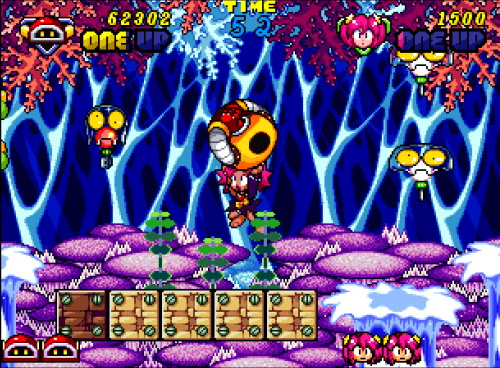
I note that Clockwork Aquario is very short and doesn't really go that far with its ideas, lacking even a basic puzzle to solve by chucking foes around. Yet it's such a joyful, entrancing experience that such flaws never struck me as such, and it was only through forced nit-picking that I found any odd hit detection (stage four's flying fish) or the fact that Huck and Elle play mostly the same, with only Gush offering a bigger, slower target and a different style. It may have been designed as a simple bout of arcade escapism, never all that tough or that complex, but Clockwork Aquario has won me over so much it's joined the ranks of Games I Probably Won't Ever Shut Up About. I'll just have to make some room by rearranging Gravity Rush and Trouble Shooter.
Of course, I had to second-guess myself about Clockwork Aquario's legacy overshadowing the game itself. It's a romantic reassurance to see a canceled game revived and completed and released to the world, as though some low-level time travel let us reach back decades and put a small injustice to rights.
There's an assumption that canceled games are mediocre, messy, or otherwise lost for a good reason. That strikes me as specious. If you're cynical enough to assume that missing games deserve their fate, you should realize just as cynically that the game industry (and the entire entertainment industry, for that matter) routinely cancels things for vague and capricious reasons. Perhaps a narrowly chosen test audience hated it. Perhaps the publisher ran out of money. Perhaps an executive didn't have breakfast that morning and decided to nix a project because the lead programmer took their parking space. Or perhaps, as in Clockwork Aquario's case, it was a perfectly chipper action game when no arcade-goers really wanted that.
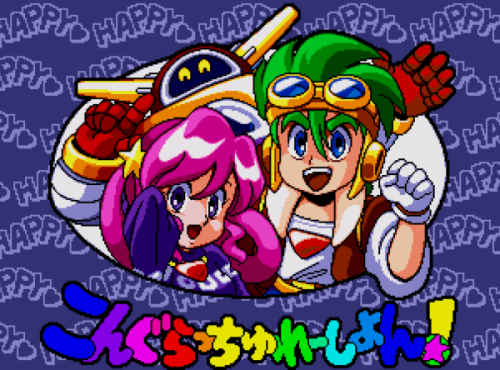
So Clockwork Aquario is wonderful both for what it is and what it suggests for other canceled games. True, this was a special case: the creators preserved a good percentage of the game and helped restore it. Yet I can't help but imagine how many other unreleased games might be waiting out there for a push onto modern systems. Might we see Bandai's The Ultimate Journey for the NES? Or SIMS' Devil Buster for the Sega Genesis? Or maybe someone will touch up and release another arcade relic, like Toaplan's Distopia. If so, I hope it gets the same treatment as Clockwork Aquario.

